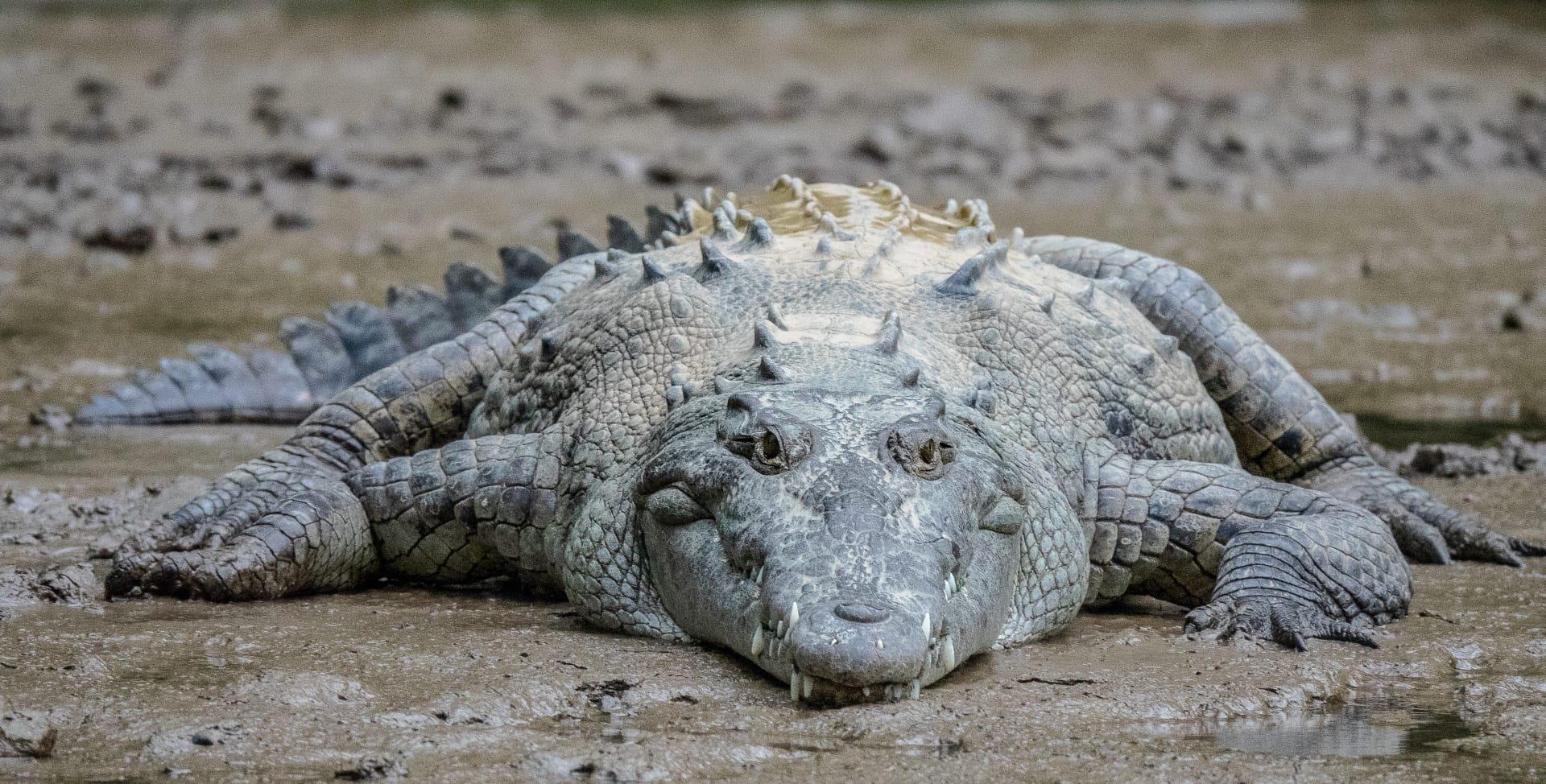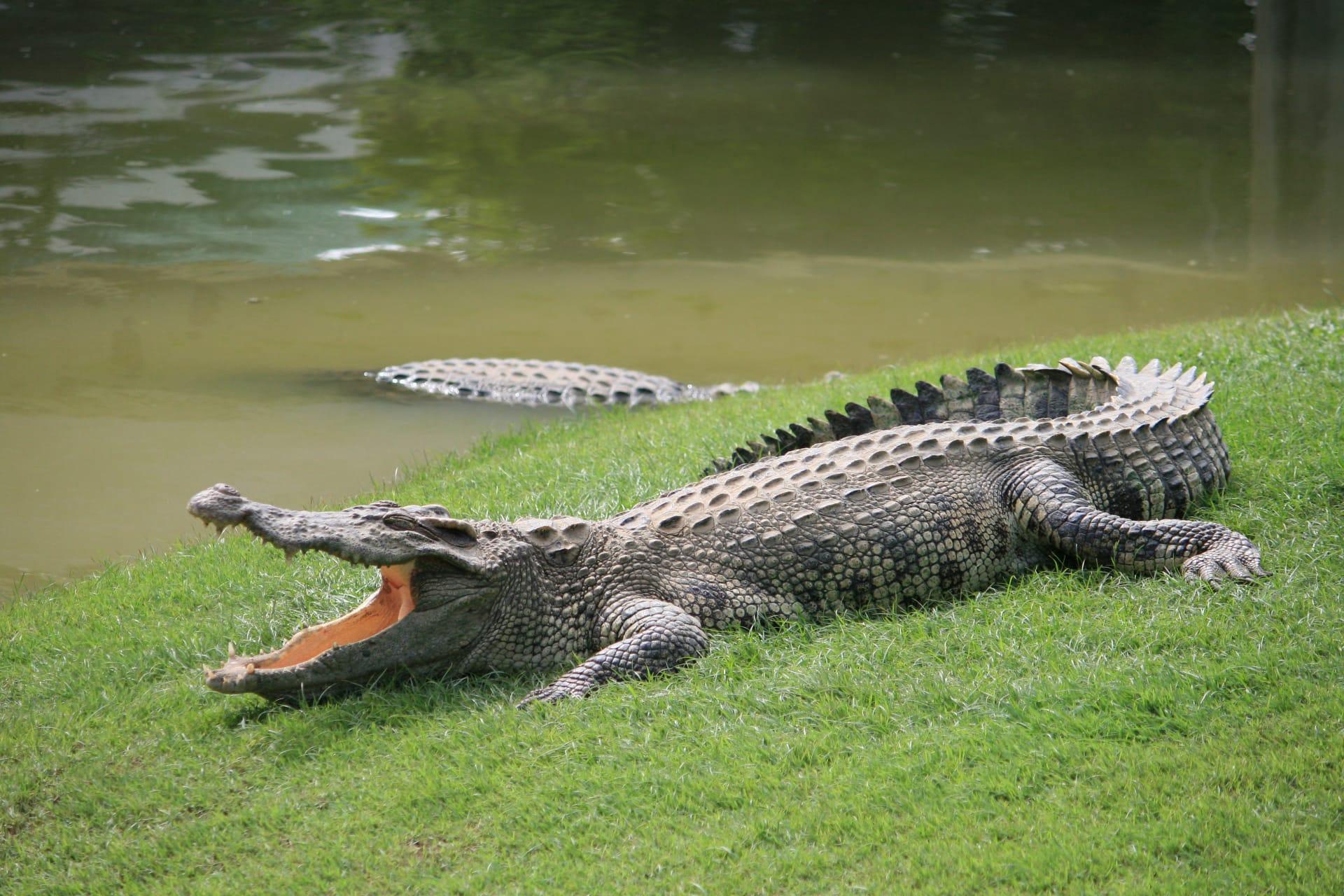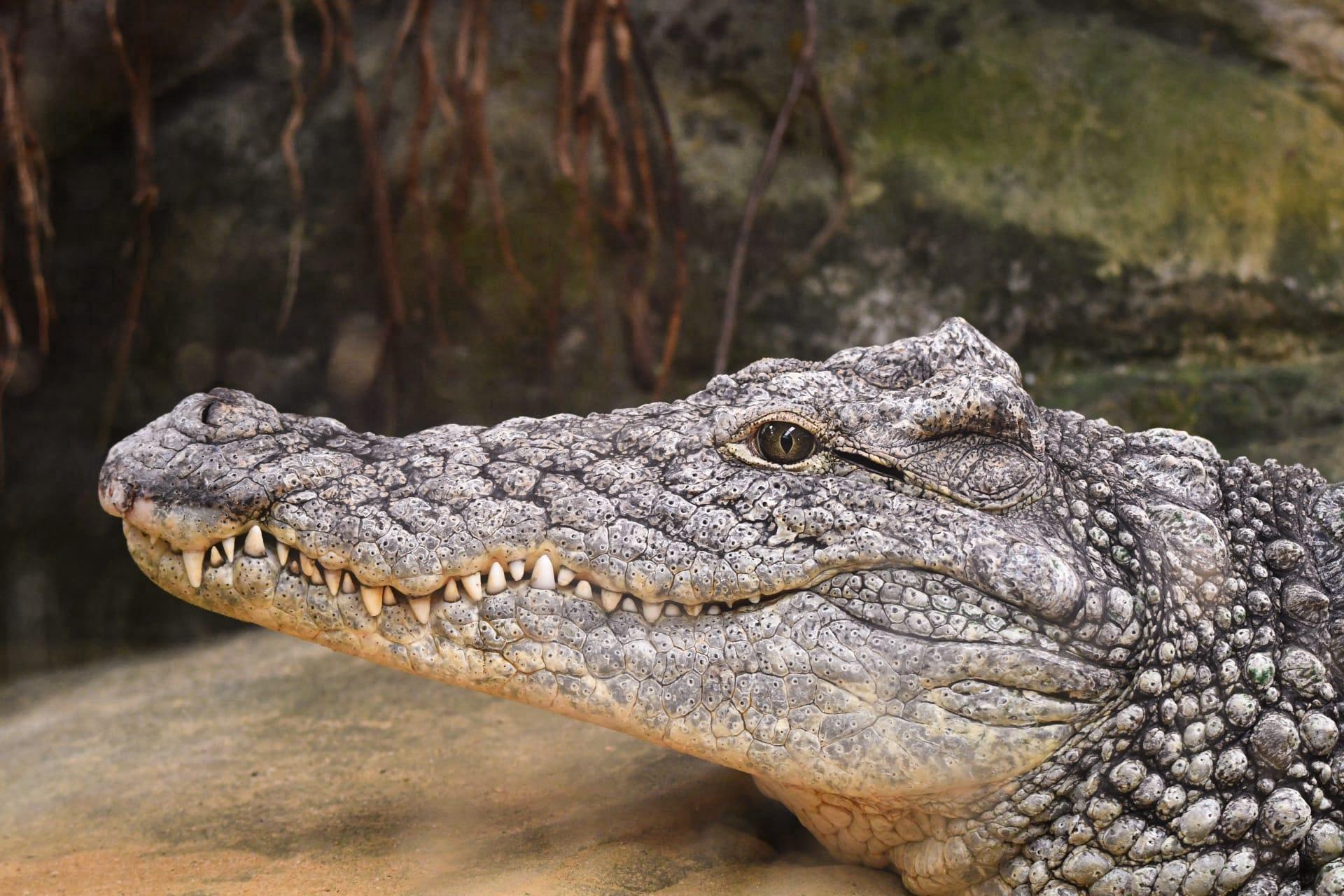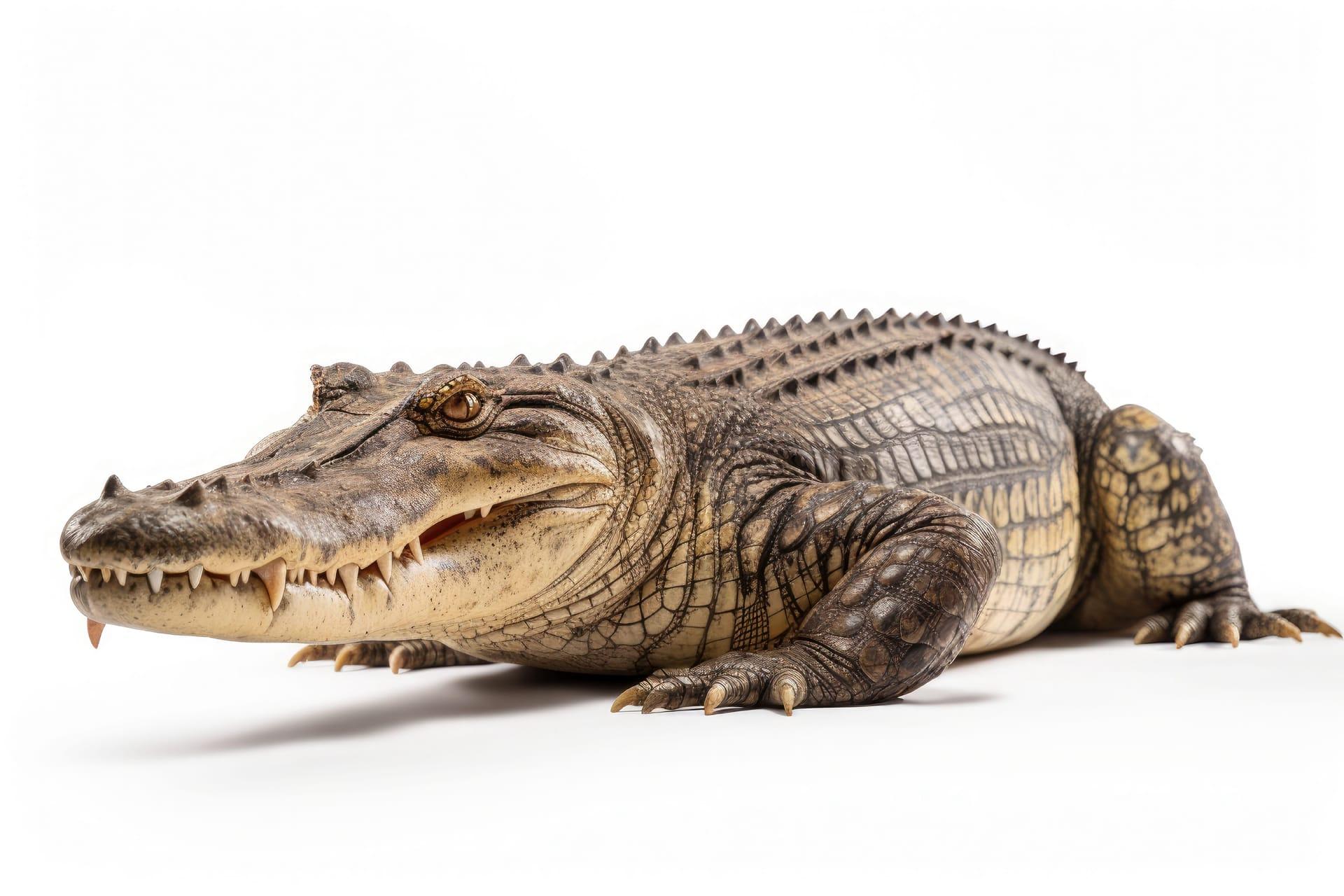American Alligator Trivia
- Home /
- Trivia Question /
- Animal /
- American Alligator Trivia
1
Question: How big can an American Alligator get?
Answer: American Alligators are true giants. On average, males can grow up to about 11.2 feet (3.4 meters) in length and can weigh nearly 1000 pounds (450 kilograms). The largest ever recorded was a staggering 19 feet 2 inches (5.84 meters) long, found in Louisiana. Their size not only makes them formidable predators but also fascinating creatures.
Question: What do American Alligators eat?
Answer: These reptiles are not picky eaters. They have a varied diet that changes with age and available prey. Young gators mostly snack on insects, small fish, and frogs. As they grow, their menu expands to include larger fish, birds, turtles, and even mammals. In fact, larger alligators can take down deer or feral hogs. They are known for their powerful bite, which can snap bones easily.

2
Question: Do American Alligators really sleep with one eye open?
Answer: This is a common myth, but it's not entirely true. While alligators don't literally sleep with one eye open, they do have a unique ability to rest one half of their brain while the other remains alert. This adaptation, called unihemispheric slow-wave sleep, allows them to be aware of predators or prey even while resting.
Question: Can American Alligators live in saltwater?
Answer: Although they are primarily freshwater animals, American Alligators can tolerate brackish water (a mixture of fresh and saltwater). They have special glands that excrete excess salt from their bodies. However, unlike their relatives, the crocodiles, they cannot live in purely saltwater environments for extended periods.

3
Question: How long do American Alligators live?
Answer: American Alligators have a surprisingly long lifespan. In the wild, they can live up to 35 to 50 years. In captivity, with the right care, they can live even longer, sometimes over 60 years. The oldest recorded alligator in captivity was Muja, who lived in the Belgrade Zoo in Serbia, believed to be over 80 years old.
Question: Are American Alligators good mothers?
Answer: Absolutely! Female alligators are very caring and protective of their young. They build nests made of vegetation, where they lay about 20 to 50 eggs. The mother guards the nest fiercely against predators. Once the eggs hatch, she helps the young to the water and continues to protect them for up to a year.

4
Question: Can American Alligators change color?
Answer: American Alligators can't change their color like chameleons, but they can appear different based on their environment. Juvenile alligators have yellow and black stripes for camouflage. As they age, their color darkens to olive, gray, or nearly black, helping them blend into the murky waters and vegetation of their habitat.
Question: How fast can an American Alligator run?
Answer: On land, American Alligators can surprise with their speed. They can sprint short distances at speeds up to 11 miles per hour (about 18 kilometers per hour). However, they are not built for long-distance running and tire quickly. In water, they are more adept, able to swim at speeds up to 20 miles per hour (32 kilometers per hour) for short bursts.

5
Question: How do American Alligators communicate?
Answer: American Alligators have a range of vocalizations. They bellow to declare territory and attract mates, with the sound audible up to a mile away. They also use body language, like slapping their heads on the water. Baby alligators start communicating even before they hatch, making high-pitched noises to signal they are ready to emerge.
Question: Do American Alligators have any natural predators?
Answer: Adult American Alligators have few natural enemies due to their size and strength. However, young alligators are vulnerable to birds, raccoons, bobcats, and even other alligators. Once they reach a certain size, their only significant threat is humans, either through direct hunting or habitat destruction.